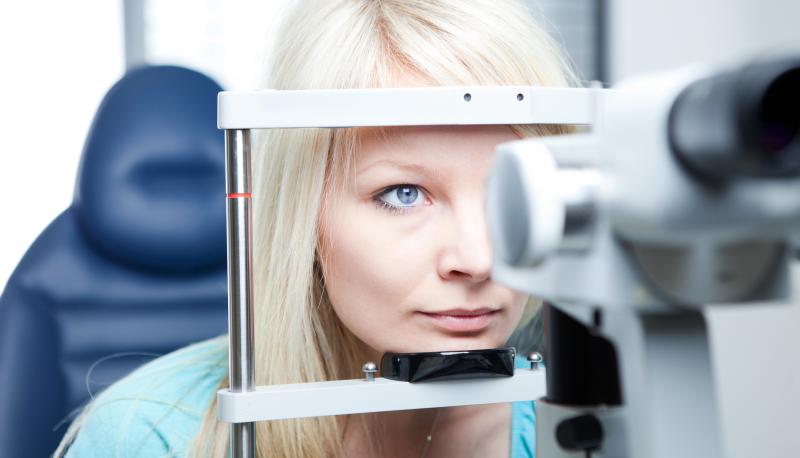
Deep learning models accurately identify eyes with glaucomatous visual field damage (GVFD) and predict functional loss severity from spectral domain optical coherence tomography (SD OCT) images, reports a study.
These deep learning approaches can help clinicians more effectively individualize the frequency of visual field testing to the individual patient, the authors said.
In this evaluation of a diagnostic technology, a total of 9,765 visual field SD OCT pairs were collected from 1,194 participants with and without GVFD (1,909 eyes).
SD OCT retinal nerve fibre layer (RNFL) thickness maps, RNFL en-face images and confocal scanning laser ophthalmoscopy images were used to train the deep learning models in identifying eyes with GVFD and predicting quantitative visual field mean deviation, pattern standard deviation and mean visual field sectoral pattern deviation from SD OCT data.
Deep learning models based on RNFL en-face images achieved an area under the curve (AUC) of 0.88 for identifying eyes with GVFD and 0.82 for significantly detecting mild GVFD (p<0.001), which was better than the use of mean RNFL thickness measurements (AUC, 0.82 and 0.73, respectively), in the independent test dataset.
Moreover, deep learning models were better than standard RNFL thickness measurements in predicting all quantitative visual field metrics.
In predicting mean deviation, deep learning models based on RNFL en-face images achieved an R2 of 0.70 and mean absolute error (MAE) of 2.5 decibels (dB), while the corresponding values for RNFL thickness measurements were 0.45 and 3.7 dB.
In predicting mean visual field sectoral pattern deviation, deep learning models achieved high accuracy in the inferior (R2, 0.60) and superior nasal (R2, 0.67) sectors, moderate accuracy in inferior (R2, 0.26) and superior (R2, 0.35) sectors, and lower accuracy in the central (R2, 0.15) and temporal (R2, 0.12) sectors.